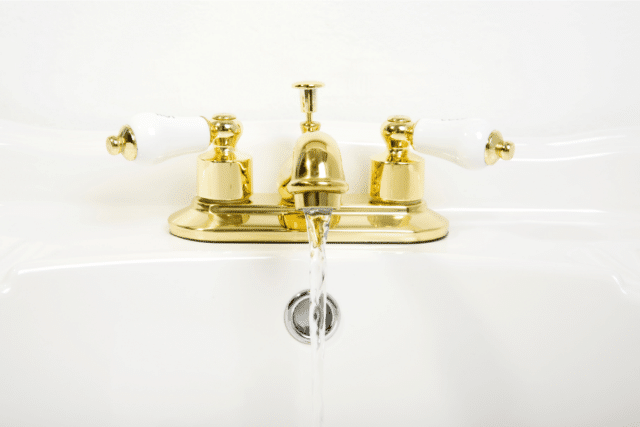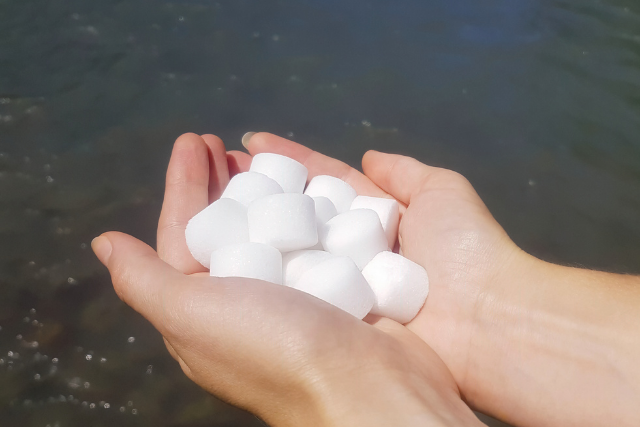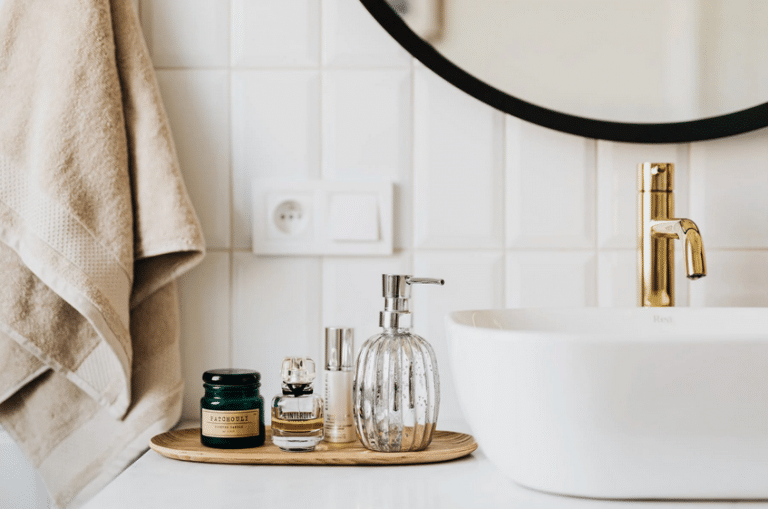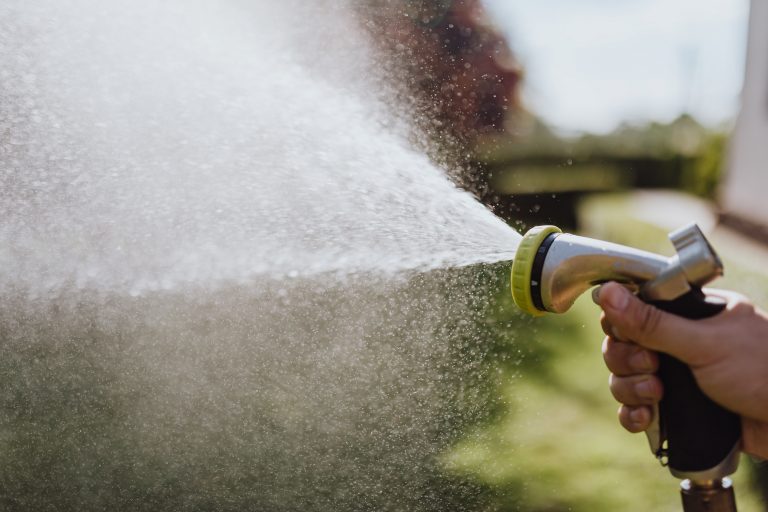How to Hook Up a Water Heater?
How to Hook Up a Water Heater?
Installation of water heater is a basic necessity. Heating up water in a bucket and carrying it to the bathroom is one of the most dangerous tasks. Why should you undertake such risky tasks? The weight of water and displacement of a large heated splash of water can be quite risky. So, installation of a water heater is required at the house.If you want to replace a water heater, you must consider a few factors before hooking up a water heater. First of all, homeowners or commercial property owners should determine whether a water heater replacement or maintenance is required. After proper inspection of the water heater, they should take a quick decision. Then, embark on a journey of installation of the water heater in your property with full care.
If you cannot inspect the water heater by yourself, you should hire a professional for checking up the water heater. If your number of family members has increased to a good extent, it is high time you change the water heater.
Also, make sure to check local building codes for ensuring compliance. If you cannot install a water heater, call an expert in the industry.
If you want to learn more about water heaters, here is an article I wrote about water heaters. I encourage you to read it!
Precautionary Measures
Following are some of the top precautionary measures that you should undertake before installation of a water heater:
1.Pressure on the Valves
Water pressure is quite necessary for all water-using appliances. If there is any reduced pressure on plumbing lines, it will increase the efficiency of water fixtures and appliances to a good extent. First of all, you must check water pressure with a pressure gauge device. The ideal pressure of the water pipeline is 50 to 60 PSI. If the water pressure is higher than 80 PSI, we recommend you reduce pressure first before installing a water heater.
2.Determination of Type of Expansion Tank
First of all, you should determine the type of expansion tank. The thermal expansion tank is ideal for it alleviates pressure in excess lines of a closed system. A 2-gallon expansion tank is suitable for heating 50 gallons of water. You can also utilize a 5-gallon expansion tank for heating water up to 100 gallons.
You can also check the recommendations of the manufacturer before finalizing an expansion tank for the water heater system.
Removing Old Water Heater System
-
Disconnect from the Electricity
You should turn off the electricity for removing the old water system first. Utilize a circuit tester for putting off the power, and also use the same tape for marking on wire connections. Disconnect wires.
-
Drain Water from the Water Heater
Then, drain all the hot and cold water from the water heater system. Instead of removing water into buckets, try to remove water through a hot-water faucet over a sink.
-
Removing the Tank
Now, it is high time to remove the tank from the pressure and temperature valve. Make sure to disconnect the water supply line. Now, you should remove the tank from the property area.
Installation of Water Heater
After removal of water heater, you should install water heater now. Following we compiled a step-by-step guide on how to install a water heater system. It is below:
-
Purchasing a High-Quality Water Heater
First of all, you should purchase a high-quality water heater. You can also order online from a reliable source. The new water heater should have durable construction and a good warranty period. Try to check all the specifications and features of a water heater before placing the order. If you end up purchasing an inefficient water heater, it will be a great problem for you.
-
Placement of Water Heater in a Drain Pan
Next, you should place the great new water heater in a drain pan. You can efficiently avoid flooding in the house by routing a pipe from the drain pan towards another drain. This is how you do not run any risk of flooding the entire house.
-
Installation of T&P Valve
If the water heater does not have any T&P relief valve, you can simply twist it in the newer valve now. It should be present in the box. If it is not available there, you should purchase a new T&P valve immediately. Make sure not to utilize the old and worn-out T&P valve – it is quite dangerous to use. T&P valves tend to open automatically when pressure or temperature becomes too high.
-
Installation of Discharge Pipe
Now, try to place the discharge pipe from the T&P relief valve towards the drain or floor. In case there is no drain hole in the pipe, it is high time you place a bucket underneath. So, it will catch all the water dripping, and water will not get dampened. Also, cut the pipe into two halves so that it should not be larger than 6 inches.
-
Installation of the Water
Make use of the flexible hose kit for hooking up the water. For hooking up water, you need to apply plumbers tape on the threads of trap nipples. Then, you should also attach the hoses to the water.
-
Installation of the Fittings
There are few areas that need dielectric fittings for lessening corrosion between two different metals. The local codes of areas, as well as ordinances, should specify the installation of the water heater in your area.
-
Protecting the Fittings of Water Heater
It is important to secure the fittings of the water heater with plumbers tape. It helps in keeping the fittings of the water heater secured to the hose. Mark the area of the pipe, and cut it into pieces for removing any kind of burrs from it.
-
Securing Water Heater’s Compression Nut
Also, make sure to secure the water heater’s compression nut and ring it onto the pipe. Try to push the pipe inside the fitting and then tighten it fully.
-
Installation of Seismic Straps
Some areas of the water Heater require seismic straps for the prevention of any damage caused by the earthquake. The straps bolster the water tank against the wall so as to hold the unit from toppling over. If earthquakes are not common in your area, you should skip to the next step directly. Make sure to install the seismic straps 6 inches above the top of the water heater as well as 18 inches from the bottom. Then, place the studs closer to the strap measurement. You should drill inside the pilot holes lastly.
Now, you should affix the strap to the stud with the help of a ratchet or socket. If the blocks hide the studs, utilize the masonry technique for creating a pilot hole. Also, secure the water heater with straps and adjust the size of the water heater by affixing straps on an adjustable bracket. Make sure to pull the strap tighter. Repeat the same process with the lower straps.
-
Filling the Water Heater Tank
You should turn on the water supply and look for the connections around the water heater area for any leakages. If there are no leaks, you are all good to continue. But if there are any leakages, tighten the connections. Repeat the process unless no leakage takes place.
-
Flush and Clean the Tank
First of all, you should fill the tank and then run the water for a maximum of five minutes. This is necessary for emptying debris and air from the water tank. You should make sure to fill the tank. Otherwise, a water heater can experience dry firing, which is quite dangerous for the water heater.
-
Connecting the Wire to the Water Heater
Now, it is time to remove the cover of the junction box. Also, connect the ground wire to the ground screw. You can use the masking tape connection technique notes as a guideline. You should twist the hot water heater wires together along with the wire connectors.
-
Turning on the Power
You must turn on the power at this point. If the water heater does not turn on, turn off the water heater circuit and recheck the connections once again. Repeat the process unless it turns on.
-
Adjusting and Setting the Water Temperature
There should be recommendations of the water temperature of the manufacturer. Follow these instructions of the manufacturer and set the temperature of the water up to 120 degrees. It will take many hours to heat the water.
-
Checking the Discharge Pipe
You should inspect the discharge pipe, which lies near the T&P relief valve. There can also be a dripping pipe, which will indicate high pressure. So, turn down the pressure below 80-PSI.
-
Checking the Aeration of the Valves
When a faucet does not run, check the aerator in the faucet. Then, the water will run within a few minutes for clearing any sediment in the pipes. You should replace the aerator for correcting the problem.
-
Turn on the Water Heater
Now, the hot water should be running in the faucets without any problems.
Conclusion
Congratulations, you have successfully installed the water heater in your home. Though the process was overwhelming, you have successfully undertaken the process and installed the water heater. Now, enjoy the hot water in winters coming from faucets and into the hot-water appliances.









